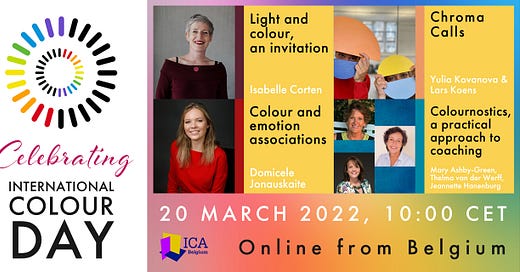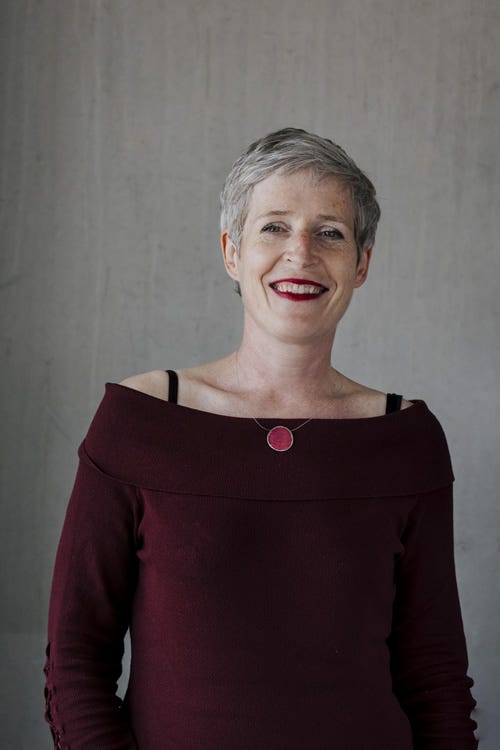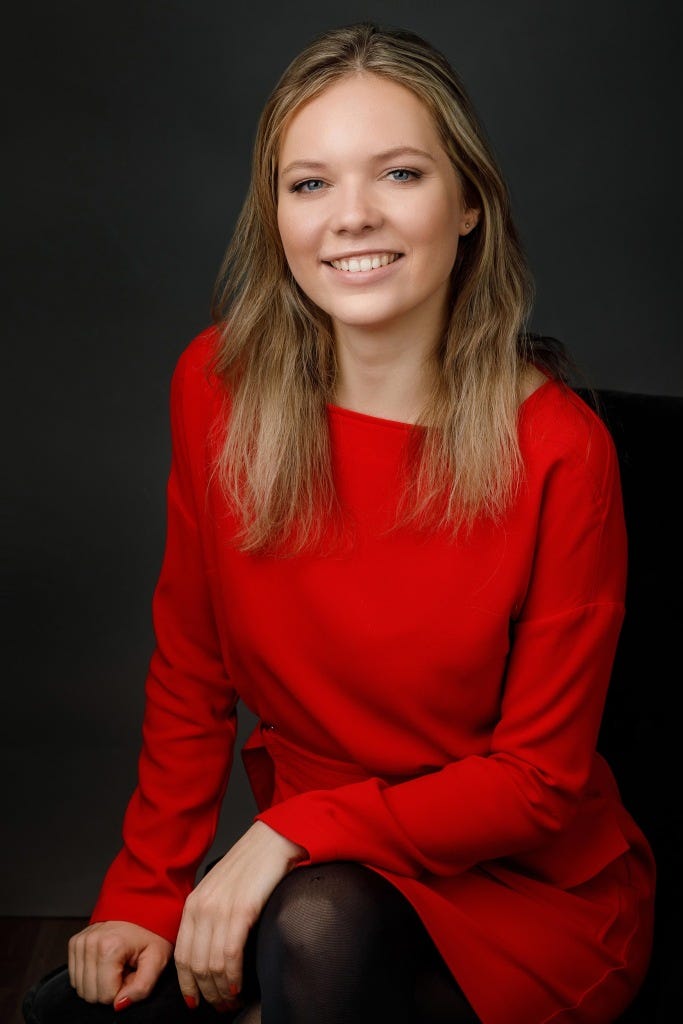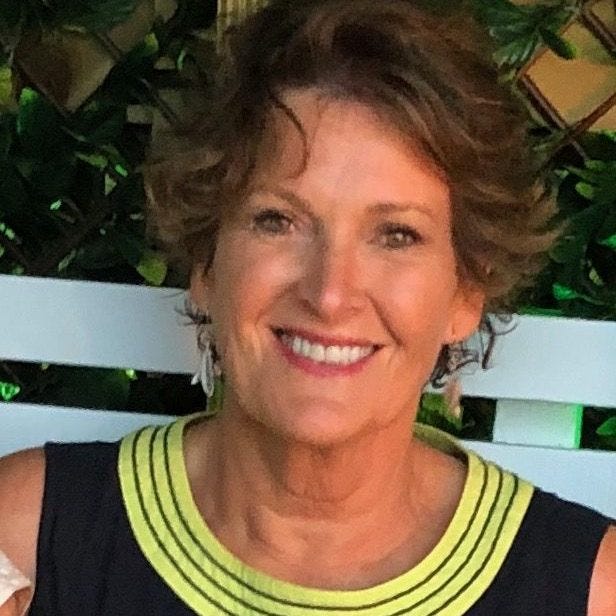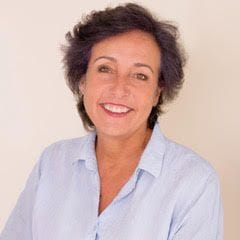International Colour Day 2022 – Belgium
On March 20th 2022, ICA-Belgium celebrated International Colour Day (ICD) with guest speakers.
On March 20th 2022, ICA-Belgium celebrated International Colour Day (ICD). ICD celebrations aim to develop awareness of the importance of colour phenomena and culture in the broad domains of Art and the Humanities, Science, and Technology. ICA-Belgium invites you to the festive event with several guest speakers.
On the menu:
Light and colour, an invitation - The architect, town planner and lighting designer Isabelle Corten approaches colour as an invitation, through the lighting projects developed within her agency Radiance35.
Chroma Calls - Yulia Kovanova & Lars Koens will walk us through their Chroma Calls artwork, created at the intersection of art practice, colour theory and ecological thinking. The fine sculptures, exhibited up in the trees along the Forth & Clyde Canal in Scotlandare, are based on the colours of bird species.
The current state of research on colour and emotion associations - Dr. Domicele Jonauskaite is an experimental colour psychologist at the University of Vienna in Austria, studying cognitive and affective connotations of colour. She will inform us on the current state of research on colour and emotion associations.
Colournostics - Mary Ashby-Green, Thelma van der Werff and Jeannette Hanenburg will present Colournostics – A practical approach to coaching, a unique self-empowerment tool that combines Neuro-Linguistic Programming (NLP) and the psychology of colour.
Light and colour, an invitation
Isabelle Corten
Isabelle Corten (through the lighting projects developed within her agency Radiance35) approaches colour as an invitation: to reveal a texture, to reveal a work of art, to reveal the people, to reveal the night… But she does so very carefully. Is it really necessary? Isn’t it harmful to biodiversity? Whites are also colours and can support subtle variations. Each project is unique…
BIO
Light and the city are central to the preoccupations of Isabelle Corten. The professional experience of this lighting designer has been gained through successful projects mainly in Belgium, Switzerland and France. Light cannot be confined within the overly restrictive constraints of a sometimes narcissistic exercise in style. Rather, it is an issue of social cohesion. Isabelle Corten does not, therefore, limit herself simply to designing the lighting or illumination for a site. She adds that extra something that is the hallmark of a resolutely political approach. No doubt, her training as a town planner leads her to constantly question the meaning of her approach. The town, a living space inhabited by men, women and children reflects its social framework. A street, a square, an avenue or a tree, all become another prism through which to comprehend the urban reality. It is therefore possible to develop different types of lighting to reflect a social order. Isabelle Corten has shown that this is so.
As architect and town planner, specialising in public spaces and lighting, she has worked on the redevelopment of public spaces in Belgium and abroad. She develops her own practice, Radiance35 in 2001, a lighting agency of +/-10 people. 20 years later, in 2021, she create with Raphael Girouard, Radiance35Sud, a sister company located in Marseille.
Isabelle Corten is the President of Lighting Designer without borders (cLSF), co-founder of SLM (Social Light Movement) and member of LUCI (Lighting Urban Community International).
webpage: https://www.radiance35.eu/nl/
Chroma Calls
Yulia Kovanova & Lars Koens
Sculptures based on the colours of bird species exhibited up in the trees along the Forth & Clyde Canal in Scotland, as artists brightened walkway with installation created in collaboration with nature
Chroma Calls is a sculptural installation of 20 abstract sculptures by artists Yulia Kovanova and Lars Koens which appeared along the four miles of Forth & Clyde Canal in Scotland, UK in summer 2021.
The sculptures were designed to mirror the colour palette of different species including the Tufted Duck, Kingfisher and Mute Swan, with installation locations guided by the birds’ presence.
The sculptures are now part of the permanent collection of the Falkirk Community Trust and are being exhibited at the visitor centres at Falkirk Wheel and The Kelpies.
Chroma Calls is a body of work by UK-based artists Yulia Kovanova and Lars Koens originally exhibited in summer 2021 along the four-mile stretch of Forth & Clyde Canal – one of Scotland’s largest waterways, rich in wildlife and an important part of cultural heritage. The twenty sculptures draw attention to the ecology of the Canal through the colour of the local and visiting bird species. Each of the twenty sculptures are based on the colourful plumage of specific bird species that live or visit the Canal. They were attached to trees along four miles of Forth & Clyde Canal from the iconic Kelpies to the Falkirk Wheel, the world’s only rotating boat lift.
The project emerged out of the ongoing interdisciplinary research by Yulia Kovanova at the University of Edinburgh, Scotland, working at the intersection of art practice, colour theory and ecological thinking. It involved working with the canal ecologist, Olivia Lassiere, to select some of the most iconic bird species to feature in the canal. Each sculpture, through an abstracted arrangement of colour, conjures the particular chromatic patterns by which each species attracts others of its kind. Designed to gently move in the wind, the sculptures created sounds that carry along the canal. In addition to easily recognisable birds, such as the Robin and Mute Swan, the less common or more hidden species such as the Tufted Duck and Kingfisher, formed part of the body of work.
The simple compositions draw attention to colours that would otherwise go unnoticed, such as the red of the Coot’s eye, the silvery glow of the Jackdaw’s feathers, and the pink legs of the herring gull. In the process of colour coding, the complexity of bird colours became very evident, with the colour palettes of birds depending on a range of variables, including age, gender, season, lighting, with further differentiation per individual. The sculptures were made out of wood, primarily birch and bamboo, and utilising eco-friendly paint.
In addition to approximating the birds’ body parts, the minimal shapes of the sculptures – circles, semi-circles and lines – echo the canal’s industrial and natural features: the canal, its locks and its bridges relate to linear shapes, and the Falkirk Wheel has circular and semicircular shapes. As a result, Chroma Calls is a conjunction of the heritage, environment and communities of the waterway. The artists worked together with a tree house specialist Patrick Fulton to build and secure the sculptures to various tree species, as well as other Canal structures.
Speaking about the project artist Yulia Kovanova said:
“When it came to installing the sculptures we were guided by the local and visiting birds alighting on the trees or the canal nearby. As we worked on the project, I myself developed attentiveness towards the rich wildlife of the Canal. I had to look more intently than I would normally do: to search for the birds, to spot the right trees, to find the best match. For me, the sculptures evoke more consideration of our surroundings. In order to observe those bird species that live along the canal, you must have that kind of attentiveness, or else they simply drift into the background. The canal is so rich with life, you can see it all if you pay attention.” The work evolved from previous collaborations between Lars Koens and Yulia Kovanova, such as Colony and ‘Grey to Blue: Ecological Entanglements.’Colony focused on another bird species that visits Scotland on their migratory route – the Arctic tern. The latest iteration of Colony was presented in 2020 in An Tobar Gallery on the Isle of Mull. Grey to Blue: Ecological Entanglements was part of Edinburgh Art Festival 2019.
BIO
Yulia Kovanova is a Scotland-based visual artist and filmmaker. She employs an interdisciplinary approach across a range of media, including sculptural and audio-visual installations and experimental and creative documentary film. Yulia’s artistic practice focuses on the notion of ‘entanglements’ and investigates the human within interspecies relationships, exploring crossovers between human and non-human worlds. Her research and practice currently focuses on the investigation of the ecology of colour and its dynamics, the ideas of spatio-temporal borders and perceptual boundaries. Her immersive projects invite audiences to consider concealed qualities of our environment, drawing relevance from current concerns for climate and biological diversity.
Yulia’s work has been presented at leading arts events, including Setouchi and Aichi International Triennale, Japan, Edinburgh Art Festival and Edinburgh Science Festival, and international film festivals. She taught MFA Art, Space and Nature, Edinburgh College of Art, the University of Edinburgh. Yulia’s film Plastic Man received BAFTA Scotland and UK Best Short Film (Open City Documentary Festival) nominations. In 2016, together with artist and landscape architect Ross Mclean, she co-founded The Surface Agency as a shared creative interest in speculative questions about our entangled world. She delivered artistic commissions for the Royal Society for the Protection of Birds (RSPB), the National Health Service (NHS) Lothian, and the British Council.
Lars Koens is an artist and composer with a PhD in astrophysics. The works of Lars Koens explore the importance of art in understanding and shaping the relationships between humans and nonhumans. Born in 1984 in the Netherlands he studied at the University of Amsterdam, UNIS in Svalbard, the University of Bristol and finally in Edinburgh, where he completed a PhD and postdoc in Cosmology at the Royal Observatory, supervised by Prof Catherine Heymans, Scotland’s Astronomer Royal.
From 2014 his films have reached an international audience at major film festivals, such as the Edinburgh International Film Festival, Hamptons International Film Festival, Zinebi, Full Frame, Ann Arbor, and Festival du Nouveau Cinéma. Since Graminoids (2014), a short film co-directed with Demelza Kooij, he continues to interrogate cinema’s position in an ecological context. His sound and installation art has featured at Sonica in Glasgow, The Edinburgh International Festival, WRO Media Art Biennale in Wroclaw, FACT in Liverpool, MMCA in South Korea, and Aichi Triennale in Japan.
In 2017 he started teaching experimental film and sound design at universities in the UK and since 2021 he is Senior Lecturer in Filmmaking at Nottingham Trent University.
The current state of research on colour and emotion associations.
Dr Domicele Jonauskaite
Colours carry certain affective meaning to most people. We feel blue, see red, are green with envy. Obviously, with our linguistic, cultural, and perceptual environments being rich in affective colour meanings, colour-emotion associations can also be detected in controlled laboratory settings. In this talk, I will focus on associations between colours and emotions, and empirical studies conducted in our psychology lab in the last five years. By consistently using the same methodology in different samples of participants, we reached four conclusions. First, colours and emotions are associated systematically (not randomly), with a possible exception of purple. Second, colour-emotion associations are universal, at least when testing associations with colour terms across 30 nations. Third, these associations are further modulated by perceptual and linguistic experiences. Fourth, colour-emotion associations have a strong conceptual component. With this knowledge at hand, I will highlight some open questions for the future.
BIO
Dr Domicele Jonauskaite is an experimental colour psychologist, studying cognitive and affective connotations of colour. Her studies are based on scientifically valid approaches, which allows her to validate or debunk myths in colour psychology. More recently, she has expanded her research to aesthetics and art. Domicele is currently based at the University of Vienna in Austria. Previously, she obtained a PhD degree in Psychology from the University of Lausanne, Switzerland. Her research positions have been supported by two career fellowship grants from the Swiss National Science Foundation. Together with Christine Mohr, Déborah Epicoco, and Nele Dael, they have founded the Colour Experience platform (https://www.colourexperience.ch/) designed to disseminate scientifically validated empirical research on psychological effects of colour. She is also co-authoring blog posts for Psychology Today (www.psychologytoday.com/us/blog/color-psychology).
Colournostics – A practical approach to coaching
Mary Ashby-Green, Thelma van der Werff and Jeannette Hanenburg
Colournostics is a unique self-empowerment tool that combines Neuro-Linguistic Programming (NLP) and the psychology of colour. By choosing colour, the method removes the blockages from the subconscious mind and enables to articulate one’s concerns, identify the barriers that prevent from overcoming them, visualise how one feels if problems were solved, and empower with a plan to get to that point. Colournostics is developed in such a way that clients (and/or oneself) can leave behind long-lasting patterns, get clear insight and answers so that a positive change can take place.
Colournostics integrate seamlessly with other coaching methods. The development of this method, by Thelma van der Werff and Mary Ashby-Green, took 5 years and is tested with thousands of people, after which it is designed in the colourful ‘process board’ and was released in January 2018. Since March 2020, Jeannette Hanenburg joined the team and together the Colournostics method is extended with an online course and a community platform.
Simple, practical & easy-to-use
Much like a board game in design, Colournostics, in reality, is a platform that enables one to literally lay one’s problems out on the table, by following the step-by-step process, to release the subconscious thoughts, feelings and beliefs that are holding one back, so to develop a new perspective.
www.colournostics.com
BIO
Mary Ashby-Green is a Master Practitioner in Neuro Linguistic Programming (NLP), a ‘the Journey’ practitioner and holds a B.A in English, Education Psychology. She finds the psychology of colour invaluable in her busy private practice working with children and adults.
Her experience in identifying and solving underlying issues of clients’ problems comes from her years as a teacher and principal specialising in children with dyslexia, learning difficulties and behavioural challenges. She created the Magic Spelling Mat Program and trained teachers in New Zealand, Namibia, UK and Dubai.
Thelma van der Werff is an author of 6 books and president of the International Light Association. Thelma created her Colour Comfort Method from her desire to make the psychology of colour part of everyday life. She analyses the colours people commonly wear and use to reveal their hidden talents and potential, while identifying and reprogramming unwanted behaviour, thought patterns and feelings. She has developed an online course about the psychology of colour, and regularly speaks at events, where people are constantly amazed with the accuracy of the information that their colour choices reveal.
Jeannette Hanenburg is founder of the ColourProfessionals institute in Antwerp, Belgium. A training centre for colour specialists, with a diverse offer of courses and training in the field of colour. Jeannette
is a member of the scientific international organization AIC-color and member of 4 international study groups: Color Education, Environmental Color Design, Colour Language and the study group on Art & Design. She is board member of the International Light Association and Co-founder and president of the Interdisciplinary Colour Association Belgium. She engages in the Art-classes of underprivileged children in Florianopolis, Brazil and since 2020 her work is extended by Co-developing the Colounostics online course and community.


